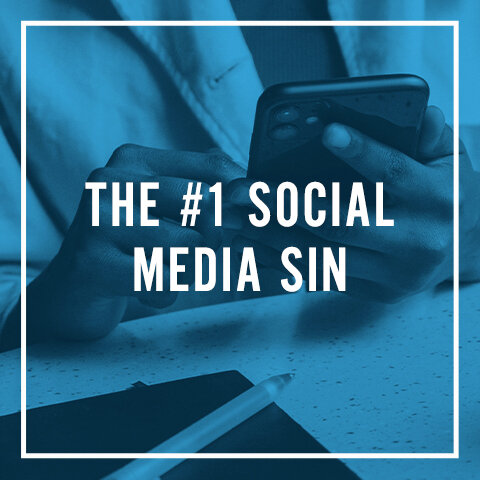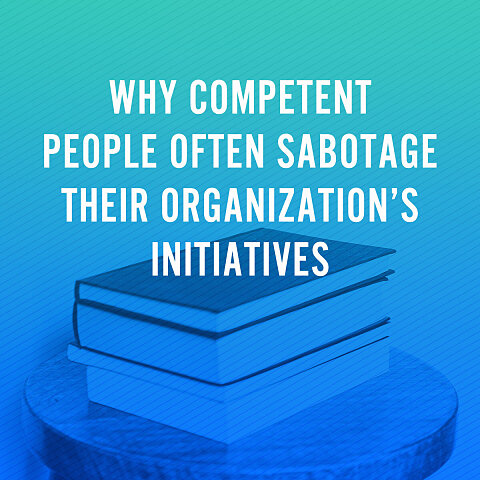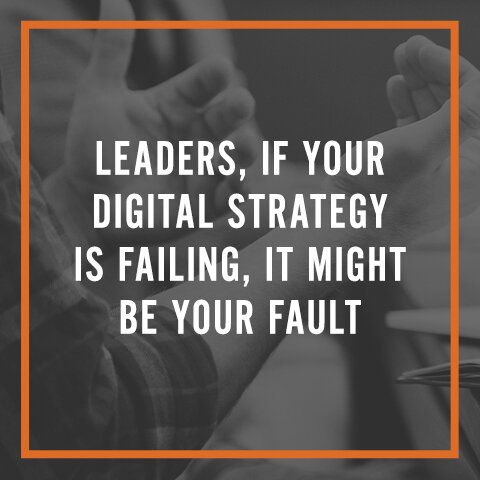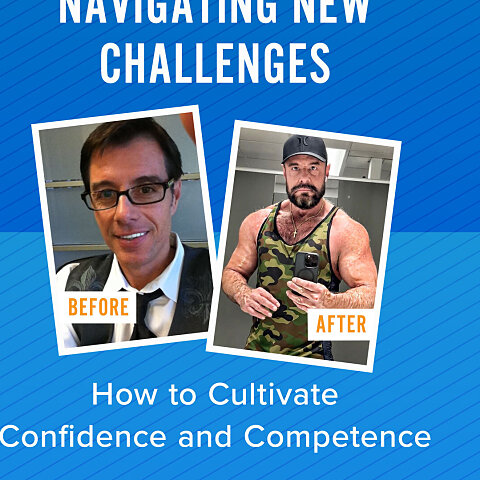Is Direct Mail Still Effective?
By Angelina Burkholder
Gone are the days when a classic #10 envelope with a provocative teaser on the front prompted someone to open a piece of mail, read a long letter, and donate money to a random organization. Direct mail is dead, right?
But what if it isn’t?
Maybe we’re just looking at this whole direct mail monster a little wrong. Anyone can say that anything is dead at any given moment in the marketing world—and correctly so—anything can be dead if we aren’t adapting to the changing market. So yes, maybe traditional direct mail is dead. But have you considered how updating or completely 180-ing your strategy might make direct mail a prominent player once again? Here’s how.
Step 1: Make sure you actually understand direct mail.
Just like any other marketing tactic, direct mail is continually changing and evolving. What worked five years ago doesn’t work in today’s world. Heck, what worked last month might not work this month. Know the market and be educated. Most importantly subscribe to and sign up for your competition’s mail so you’re always in the know with what others are doing.
Secondly, see direct mail as your starting point, not your end-all. You can’t send a direct mail piece introducing yourself and expect a faithful and dedicated customer or donor a week later. Cultivation and acquisition take a long time. And guess what. To make your job even harder, the tactics you use in one cultivation attempt may have to change several times throughout that one single process. Be flexible, friend.
Step 2: Revise your strategy.
Ditch the four-page letter and the Courier font. I dare you! C’mon, it’s not the 1990s anymore. Give the people what they want. And don’t be afraid to invest a little more by adding in some color or using a unique paper stock. The first step is to grab someone’s attention. Make your mail stand out. If you’re going to venture out onto the direct mail limb, you might as well go all in.
Consider how you can effectively reach different age groups. A letter that works for 60+ year-old donors won’t work for a 20-35 year-old audience. If you have a reach in multiple age groups, personalize the package each group gets. A colorful postcard might work for a younger audience, but an older audience may need a more in-depth, traditional piece.
Which brings me to my third step…
Step 3: Experiment in a different market
Take a few months off from your normal schedule and market to millennials. Keep in mind that they don’t want to hear the same things as your 40, 50, or 60-year-old customers or donors. If you’re a nonprofit, focus on telling the story versus providing the solution. Give them heartbreak and lead them to the “I’m-the-solution” realization while making them feel as if they reached it on their own. Only after successfully completing all of those steps can you properly ask for their money. Millennials won’t give to you because they feel you’re a great organization, they’ll give to you because they’re convinced that they are making an actual tangible difference in doing so.
If you’ve been solely focused on mailing to millennials, do the opposite. Take a more conservative approach to the process and engage with people in an older demographic. It’s amazing what a little refresh to strategy can do!
One word of advice—if you’re a legacy nonprofit organization, be careful with changing up your strategy. Because your support base is probably largely made up of older donors, don’t rock the boat too much. If your current strategy is working, stick to it.
And always remember, when television came onto the media scene; fear said the theater was dead. With the rise of online media presence, fear said the magazine was dead. But in taking a deep look into those markets, we can quickly see that those forms aren’t dead, they’ve just been adapted to meet changing needs. Bottom line is, we can say anything is dead. But if you watch the market and adapt accordingly, you can make anything work for your good.















